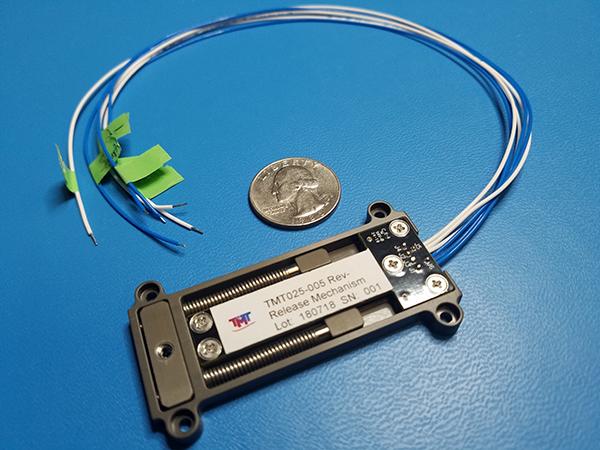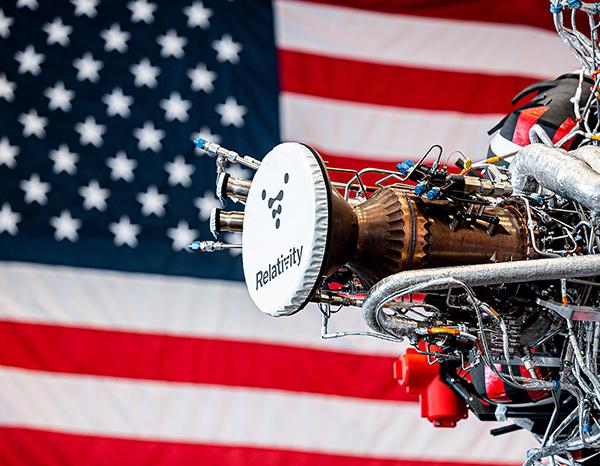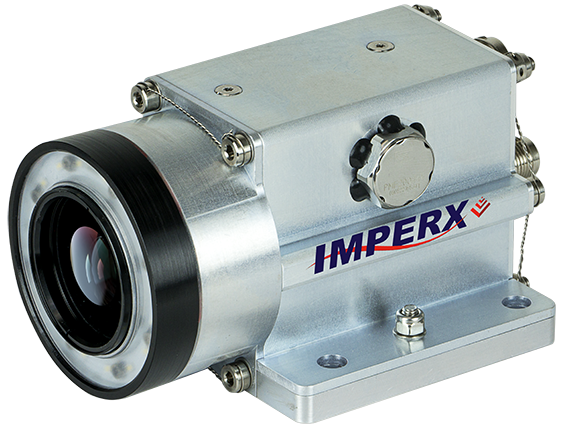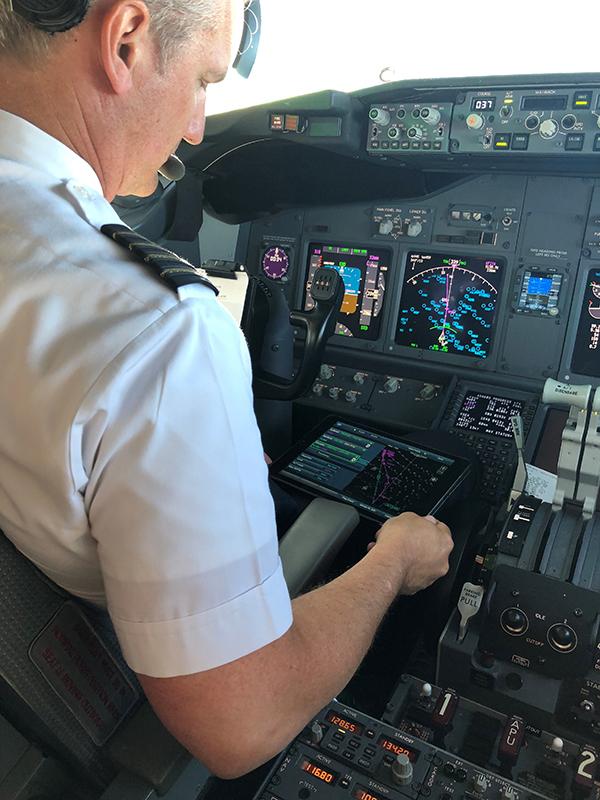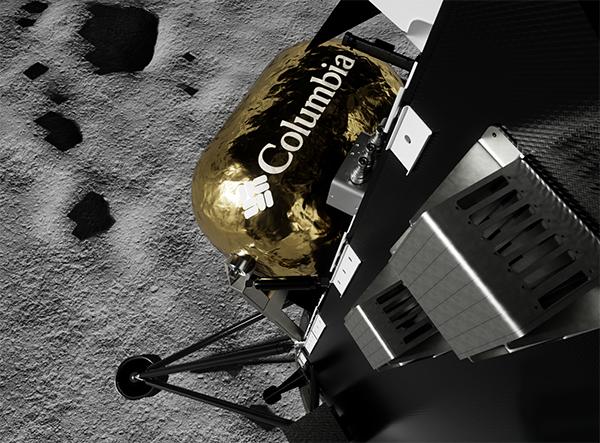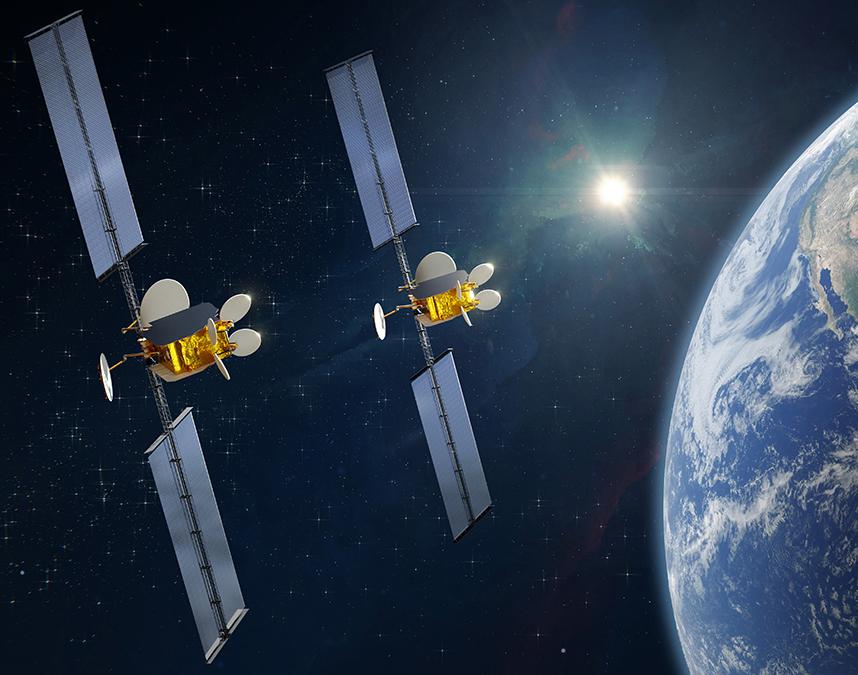Putting Safety First in the Sky
Throughout aviation history, a condition known as hypoxia has posed a risk to aircraft pilots, crew members, and passengers flying at high altitudes. Hypoxia occurs when the human body is exposed to high altitudes without protection. Defined as an insufficient supply of oxygen to the body's tissues, hypoxia affects the central nervous system and organs. Brain cells, which are extremely sensitive to oxygen deprivation, can begin to die within 5 minutes after the oxygen supply has been cut off. When hypoxia lasts for longer periods of time, it can cause coma, seizures, and even brain death. Aircraft passengers exposed to either a slow, progressive increase in cabin altitude, or a sudden exposure to high cabin altitude, may show symptoms of inattentiveness, poor judgment, memory loss, and a decrease in motor coordination. Pilots afflicted with hypoxia may not be able to acknowledge the situation or take corrective action, leading to aircraft accidents or crashes.
As a result of technology developed at NASA's Kennedy Space Center, pilots now have a hand-held personal safety device to warn them of potentially dangerous or deteriorating cabin pressure altitude conditions before hypoxia becomes a threat. The Personal Cabin Pressure Altitude Monitor and Warning System monitors cabin pressure to determine when supplemental oxygen should be used according to Federal Aviation Regulations. The device benefits both pressurized and nonpressurized aircraft operations—warning pressurized aircraft when the required safe cabin pressure altitude is compromised, and reminding nonpressurized aircraft when supplemental oxygen is needed.
Jan Zysko, a NASA Applied Research and Development engineer, invented the monitor to give Space Shuttle and International Space Station crew members an additional, independent notification of any depressurization events. Two major incidents—the MIR/Progress collision in 1997 and the Payne Stewart aircraft accident in 1999—reinforced the need for such a device. Zysko, a private pilot himself, also illustrated his invention's necessity in the private sector by citing a significant number of hypoxia- and cabin pressure-related incidents contained in accident databases maintained by the National Transportation Safety Board and Federal Aviation Administration (FAA).
As part of the NASA Technology Transfer Program, Kennedy awarded a patent license to Kelly Manufacturing Company, of Grenola, Kansas, to commercialize the monitor. The company previewed the Personal Cabin Pressure Altitude Monitor and Warning System (PCM 1000) at the Experimental Aircraft Association's AirVenture OshKosh 2002 air show after making some modifications and incorporating several new functions. The device was then introduced into the market at the Sun 'n Fun air show in April 2003.
The PCM 1000 is a portable, hand-held, ruggedized device that is approximately the size and weight of a personal pager. It is a potentially life-saving device with simultaneous audio, vibratory, and visual warnings that alert the user to possible hypoxia-causing conditions. In addition, a lighted digital display provides a text message of the warning and the condition causing the alarm. The display also features a low battery indicator. The Altitude Alert Function allows the user to program in a target altitude and a tolerance window to fit the flight situation. This function can also serve as a hypoxia warning system for those who may need an alert at altitudes lower than FAA regulations for oxygen use. While the PCM 1000 is not certified as, nor designed to be, a primary indicator of aircraft altitude, it can serve as a viable alternative for determining altitude in an emergency situation or as a check of instrument function.
According to Zysko, Kennedy's innovation has several other potential commercial uses. Applications beyond the aviation and aerospace industries include scuba diving, skydiving, mountain climbing, meteorology, altitude chambers, and underwater habitats. In the meantime, aircraft pilots can enjoy the extra safety that the PCM 1000 puts right in the palms of their hands.
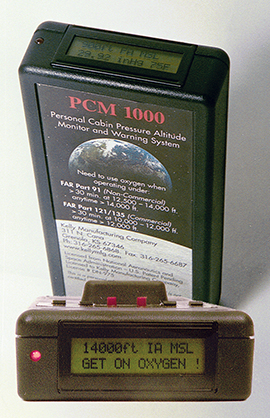
The PCM 1000, a portable, hand-held device approximately the size and weight of a personal pager, alerts pilots to possible hypoxia-causing conditions through simultaneous audio, vibratory, and visual warnings.
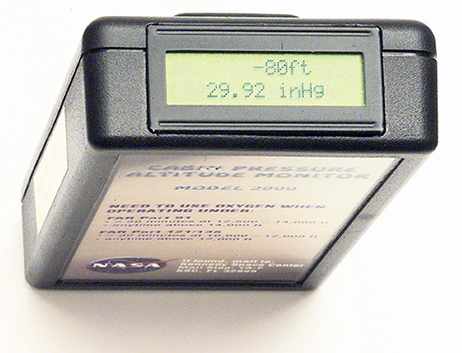
The PCM 1000's lighted digital display provides a text message of the warning and the condition causing the alarm.








